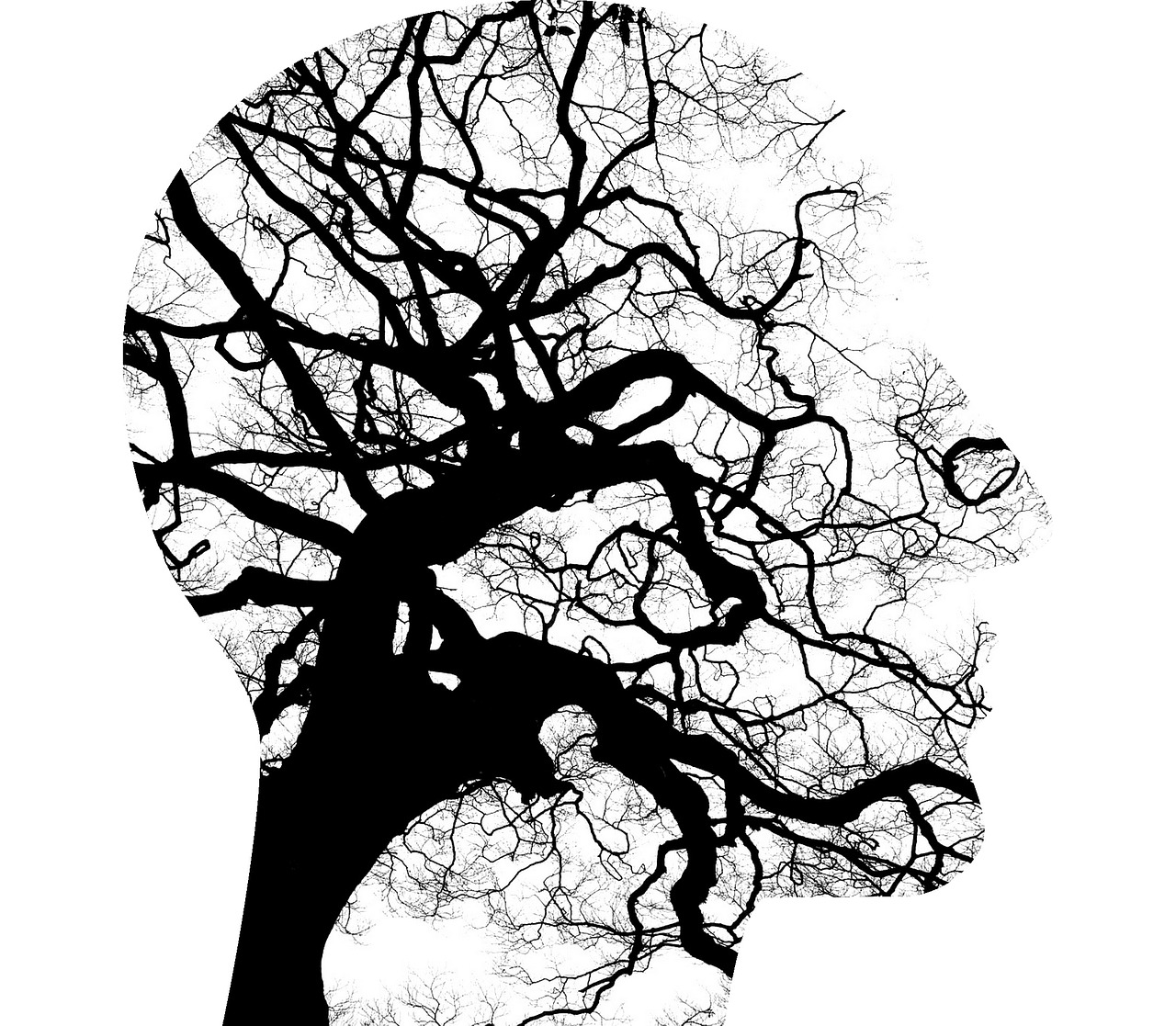The vagus nerve, also known as the tenth cranial nerve, plays an important role in regulating the parasympathetic nervous system, which helps control involuntary bodily functions like heart rate, digestion, and breathing. The vagus nerve plays an important role in regulating our emotions by connecting the brain to the body’s internal organs and facilitating communication between them. The vagus nerve is the primary pathway for the parasympathetic nervous system, which is responsible for regulating the body’s rest-and-digest response and counteracting the fight-or-flight response of the sympathetic nervous system.
Research has shown that the vagus nerve is involved in various emotional processes, including:
Emotion regulation: The vagus nerve helps to regulate emotional responses by modulating activity in brain regions involved in emotion processing, such as the amygdala and prefrontal cortex.
Social behavior: The vagus nerve is also involved in social behavior, including the perception of social cues and the regulation of social behavior.
Stress response: The vagus nerve helps to regulate the body’s response to stress by counteracting the activity of the sympathetic nervous system.
Mood: Dysfunction of the vagus nerve has been linked to mood disorders such as depression and anxiety.
Studies have also shown that practices that stimulate the vagus nerve, such as deep breathing and relaxation techniques, can help to improve emotional regulation and reduce stress and anxiety.
Overall, the vagus nerve is an important part of the body’s nervous system involved in regulating our emotions and responding to stress. Understanding the role of the vagus nerve in emotional processing can help inform the development of effective treatments for mood and anxiety disorders.
The locations of the vagus nerve branches

Photo by Karolina Grabowska on Pexels
The vagus nerve is a cranial nerve that originates in the brainstem and extends through the neck and chest to innervate various organs and tissues in the body. The vagus nerve is one of the longest nerves in the body, and it has many branches that innervate different structures.
The vagus nerve emerges from the medulla oblongata, which is located at the base of the brainstem. From there, it travels through the neck, where it gives off branches that innervate the larynx, pharynx, and other structures in the neck. The vagus nerve then enters the thorax, where it gives off branches that innervate the heart and lungs.
The vagus nerve also gives off branches that innervate various organs in the abdomen, including the esophagus, stomach, pancreas, liver, gallbladder, small intestine, and colon. These branches help to regulate digestion and other important functions in the body.
Vagus nerve and the breath

Photo by Thirdman on Pexels
The vagus nerve plays an important role in regulating our breathing. It is involved in the regulation of the respiratory rhythm and in controlling the smooth muscle of the airways. The vagus nerve is the primary pathway for the parasympathetic nervous system, which is responsible for regulating the body’s rest-and-digest response.
When we inhale, the vagus nerve is activated and sends signals to the brain to increase parasympathetic activity, which leads to a slowing of the heart rate and a reduction in blood pressure. This is known as the “vagal brake” and helps to promote relaxation and reduce stress.
Slow, deep breathing has been shown to stimulate the vagus nerve and activate the parasympathetic nervous system. This can lead to a decrease in heart rate and blood pressure, as well as an increase in feelings of relaxation and calmness. In contrast, shallow breathing or rapid breathing can activate the sympathetic nervous system, which can lead to feelings of anxiety or stress.
Certain breathing exercises, such as pranayama in yoga, have been shown to be effective in stimulating the vagus nerve and promoting relaxation. These techniques involve slow, deep breathing and can help to reduce stress and anxiety, improve mood, and enhance overall well-being.
Overall, the vagus nerve plays an important role in regulating our breathing and is involved in the body’s response to stress and relaxation. By practicing slow, deep breathing techniques, we can stimulate the vagus nerve and promote relaxation and stress reduction.
The orbitofrontal cortex

Photo by SHVETS production on Pexels
The orbitofrontal cortex (OFC) is a region of the brain located in the frontal lobes, behind the eyes, and above the orbits (eye sockets). It is a part of the prefrontal cortex, which is the front part of the brain responsible for executive functions such as decision-making, planning, and emotional regulation.
The OFC is involved in a wide range of cognitive and emotional processes, including:
Decision making: The OFC plays a crucial role in decision-making by integrating information about reward and punishment, and helping to guide behavior based on this information.
Emotion regulation: The OFC is involved in regulating emotional responses by helping to evaluate the emotional significance of stimuli and modulating the activity of the amygdala, a brain region involved in processing emotional information.
Social behavior: The OFC is also involved in social behavior, including the perception of social cues and the regulation of social behavior.
Reward processing: The OFC is involved in the processing of reward-related information, including the encoding of reward values and the regulation of reward-based decision-making.
Damage or dysfunction of the OFC can lead to a range of problems in these cognitive and emotional processes, including impulsivity, poor decision-making, and problems with emotional regulation.
Trauma can cause changes in brain structure and function
Dysfunction of the orbitofrontal cortex (OFC) has been linked to the experience of trauma. Trauma can cause changes in brain structure and function, including alterations in the OFC. Specifically, research has shown that trauma can lead to decreased volume and activity in the OFC.
One way trauma may affect the OFC is through its impact on emotional regulation. Traumatic experiences can cause intense and prolonged activation of the amygdala, a brain region involved in processing emotional information, and lead to decreased activity in the OFC. This can make it difficult for individuals to regulate their emotions and make sound decisions in response to emotional stimuli.
Additionally, trauma can affect the development and functioning of the OFC in childhood. Exposure to early life stress and trauma have been linked to alterations in brain development, including changes in the structure and function of the OFC. This can lead to long-term difficulties with emotional regulation, decision-making, and social behavior.
Overall, dysfunction of the OFC may contribute to the development and maintenance of post-traumatic stress disorder (PTSD) and other trauma-related disorders. Understanding the role of the OFC in trauma can help inform the development of effective treatments for these conditions.
Accessing the Vagus Nerve
According to Steven Porges, the developer of the Polyvagal Theory, there are several ways to access and stimulate the vagus nerve to promote calmness and relaxation in the nervous system. Here are some techniques that may help:
Deep breathing: Slow, deep breathing can help stimulate the vagus nerve and promote relaxation. Inhale slowly and deeply through your nose, allowing your belly to expand, and exhale slowly through your mouth. Focus on breathing deeply and evenly, and try to lengthen your exhalations.
Humming: Humming is a simple way to stimulate the vagus nerve. Close your mouth and hum softly, feeling the vibrations in your chest and throat.
Cold exposure: Exposure to cold temperatures can stimulate the vagus nerve and promote relaxation. You can try taking a cold shower or dipping your face in cold water for a few seconds.
Singing or chanting: Singing or chanting can help stimulate the vagus nerve and promote relaxation. Choose a soothing song or chant, and sing or chant slowly and evenly.
Social engagement: According to the Polyvagal Theory, social engagement and connection can help regulate the nervous system and promote relaxation. Spend time with people you feel safe and connected to, and engage in positive social interactions.
Mindful movement: Mindful movement practices like yoga, tai chi, or qigong can help regulate the nervous system and promote relaxation. Focus on slow, deliberate movements and deep, even breathing.
Yoga can help you
Yoga has been shown to be effective in supporting the repair and self-regulation of the vagus nerve, which is an important component of the body’s parasympathetic nervous system responsible for regulating various bodily functions such as digestion, heart rate, and respiratory rate.
Yoga practices that focus on breathing, movement, and relaxation have been shown to stimulate the vagus nerve, leading to a decrease in sympathetic nervous system activity (associated with the “fight or flight” response) and an increase in parasympathetic nervous system activity (associated with the “rest and digest” response).
Deep breathing practices, such as pranayama, have been shown to stimulate the vagus nerve and promote relaxation. Specific techniques, such as alternate nostril breathing, have been found to increase vagal tone, a measure of the strength of the vagus nerve. Gentle yoga postures and movement practices, such as restorative yoga and gentle flow sequences, can also promote relaxation and stimulate the vagus nerve.
In addition, mindfulness practices, which are often incorporated into yoga, have been shown to support the self-regulation of the nervous system by promoting present-moment awareness and reducing the impact of negative thoughts and emotions. This can help to reduce stress and improve overall well-being.
Overall, the combination of breathing, movement, and mindfulness practices in yoga can help to support the repair and self-regulation of the vagus nerve, leading to improved nervous system function, reduced stress, and better physical and mental health.
Yoga can help… so let’s do yoga!





Comments are closed